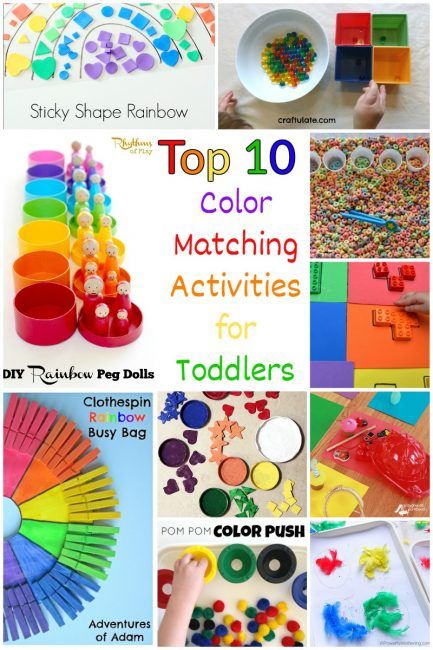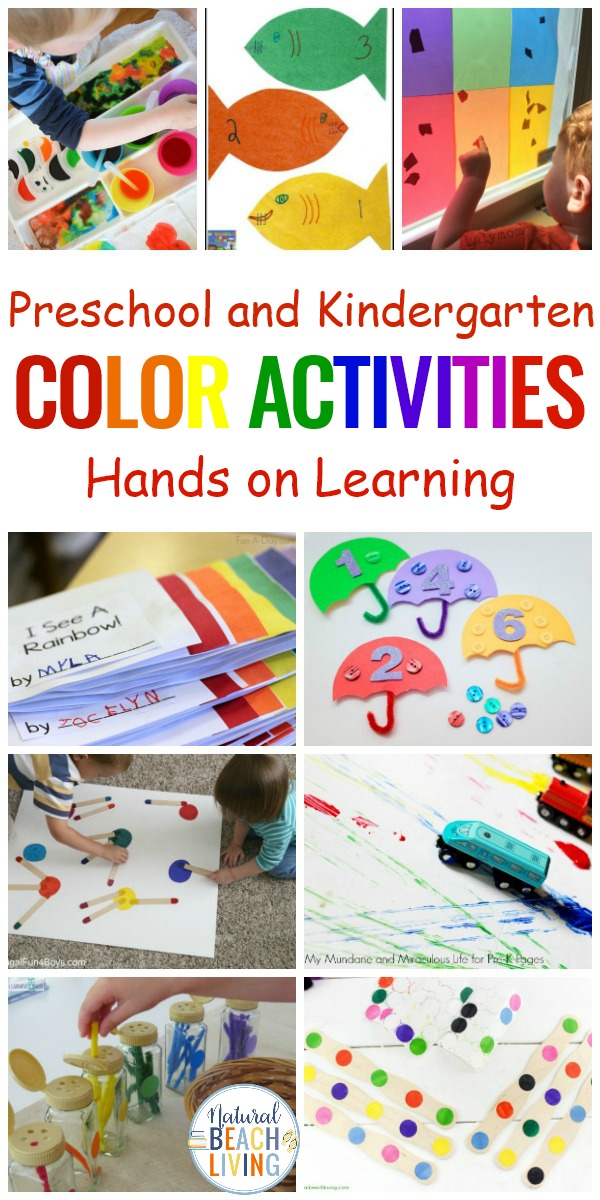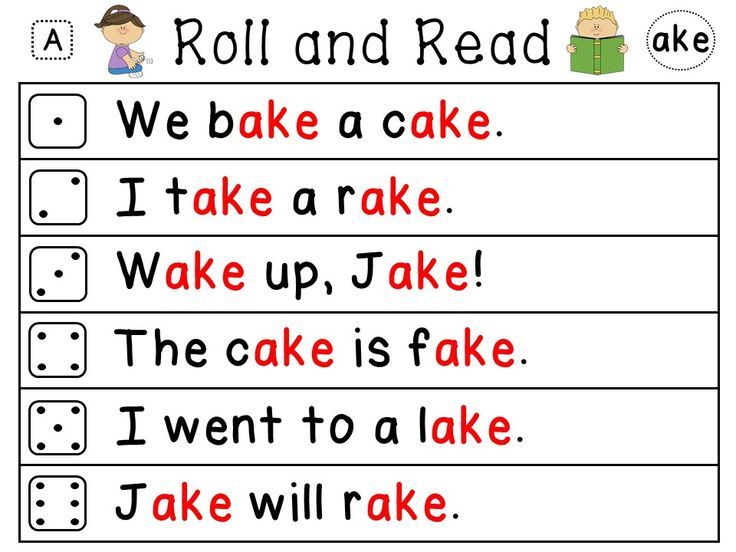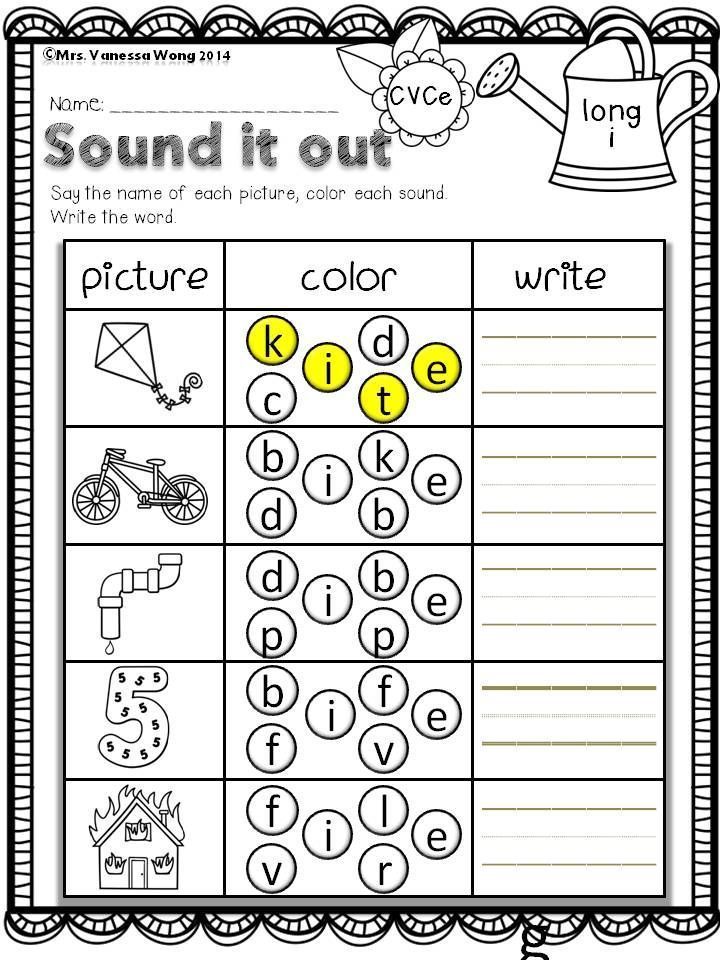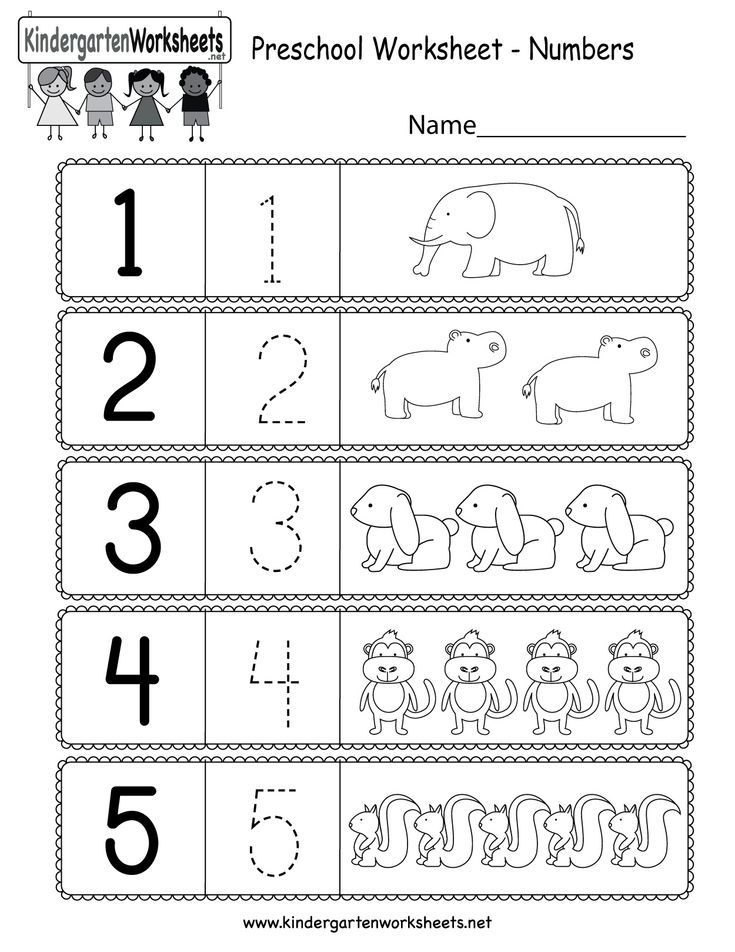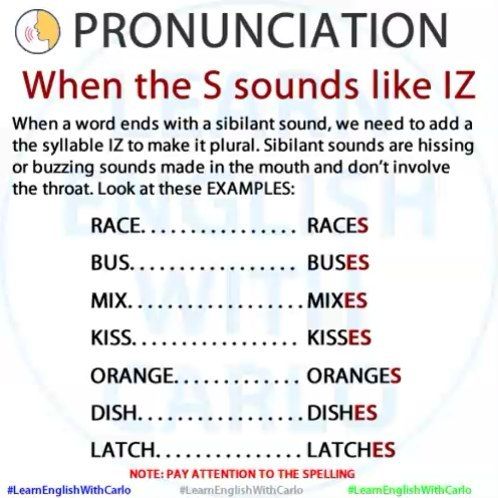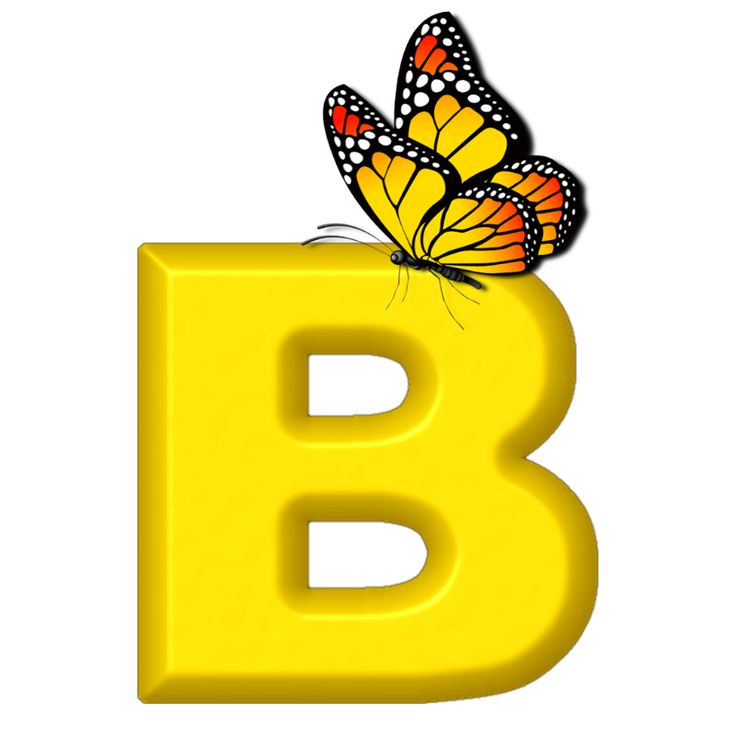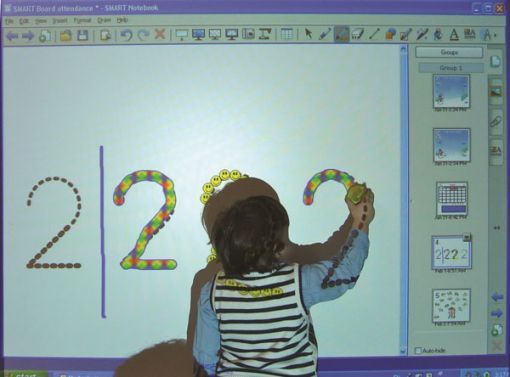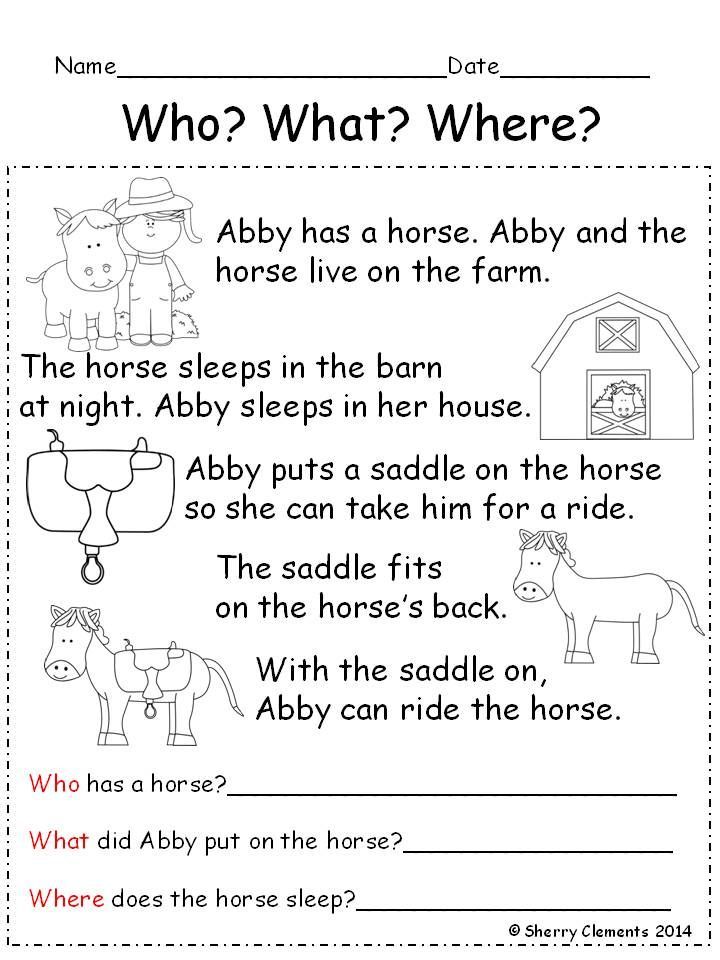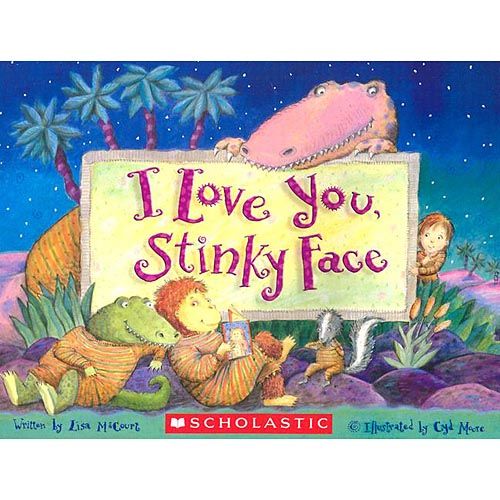Colors kindergarten activities
10 Activities for Teaching Colors in Kindergarten
Curriculum | Featured
Teaching colors in kindergarten is an important and fun skill to teach. These kindergarten color activities will make learning hands-on and engaging all year long. Plus, your students will work on math, literacy, fine motor, and problem-solving skills along the way.
Colors and Color Word Activities for Kindergarten
Teaching colors and color words in kindergarten helps students to visually discriminate colors and begin working with colors in different subjects, such as math, literacy, and art.
From sorting, graphing, reading color words in sentences, and identifying colors in art, teaching colors is an important life skill for young learners.
#1. I Spy!
I Spy! is a kid-favorite when it comes to kindergarten color activities. This game can easily be incorporated anytime of day, whether it’s a morning warm-up, carpet game, or quick time-filler activity.
To play, one person is the “spy.” They look around the room and say “I spy something (green/blue/red).” Students then take turns raising their hand and guessing what it is. The first student that guesses correctly is the next “spy.”
Using color games with students is an effective way to engage them and practice skills in a fun way.
#2. Scavenger Hunt
Another way to get your students active and engaged in the learning is to do a color scavenger hunt. To play, draw different colored circles in the middle of various notecards. You can use as many colors as you’d like to work on.
The students will draw a notecard, identify the color, and go around the classroom to find something in that color. When they find something in the matching color, they stop and raise their hand in place.
Once everyone has found a match, go around the room calling on students one at a time and have them share their color and what the object is.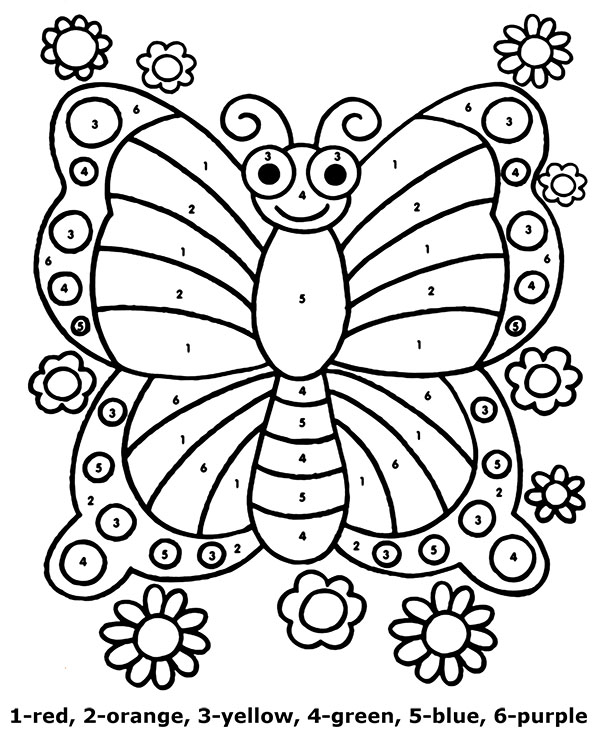 Have them return to their seats, pass their cards to the left, and repeat the scavenger hunt again with their new colors.
Have them return to their seats, pass their cards to the left, and repeat the scavenger hunt again with their new colors.
Another option is to do this activity in small groups. Give students 2-4 notecards and have them go around the room and collect objects. Then, they return to the small group table and match the object to the correct color notecard before switching cards.
#3. Color Patterns
Whenever you can combine your kindergarten color activities with math, that’s a teacher win! Practice identifying colors and making patterns with different colored counting bears, color links, or plastic cubes.
You can call out a pattern and have students model it with their manipulatives. You can also use pattern cards to help students model various patterns, such as AB, AAB, ABB, ABC, and AABB patterns.
#4. Color Sorts
A simple yet effective kindergarten color activity is to have students practice sorting by color and saying the colors out loud.
You can give students a handful of manipulatives, such as pattern blocks, colored cereal, plastic cubes, mini erasers, color links, etc.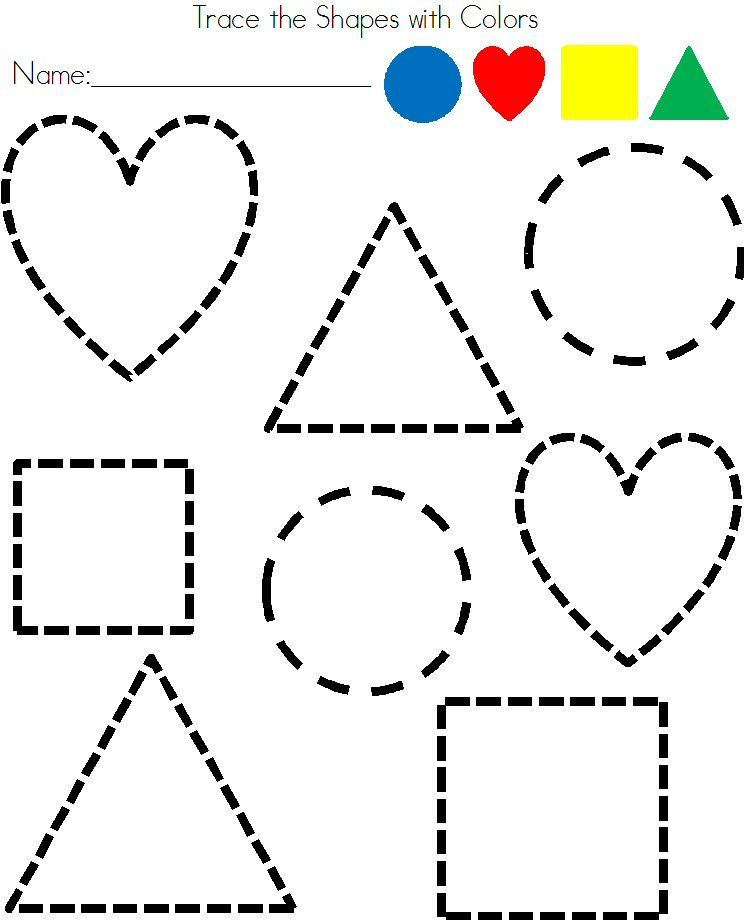 Have them sort the manipulatives by color and identify the color by saying it out loud.
Have them sort the manipulatives by color and identify the color by saying it out loud.
To take it a step further, ask students to count how many are in each category to practice math skills.
Another variation of this activity would be to have different colored cups or containers and have students sort their pile into the proper cup or container.
If you don’t have different colored cups or containers, you can write the color word in a colorful marker on a sticky note and stick it to the outside of any cup or container you have on hand. This would help students learn their color words as well.
#5. Egg Carton Fill
This color activity uses both color knowledge and fine motor skills. Prepare an egg carton by coloring a circle on the bottom of each space in an egg carton. You could also use a colored circle sticker instead and stick it in the bottom of the spaces.
Have students use jumbo tweezers to sort colored pom poms into the correct spaces in the egg carton, matching the colors of the pom poms to the circles. This would be a great small group or fine motor center activity.
This would be a great small group or fine motor center activity.
#6. Play Dough Color Count
Play dough is a great manipulative to keep on hand when teaching colors. Students can practice identifying colors and counting at the same time.
To prepare, write different color words in the corresponding color with marker on notecards. Students will draw a color card to determine which play dough color they’ll use. Then, they’ll roll a dot cube and count the dots. Finally, they’ll form that many play dough balls in the correct color, counting as they go.
Students can do this activity at a small group table or desk or with a color matching mat.
#7. Color Call Out
The next kindergarten color activity is another super easy, no prep game that can be played at any time.
To play, stand in circle as a whole group. One person calls out a color. Starting with the person to the left of them, each student says a real world object that is that color. After every student has said an object, the whole class spells the color word together.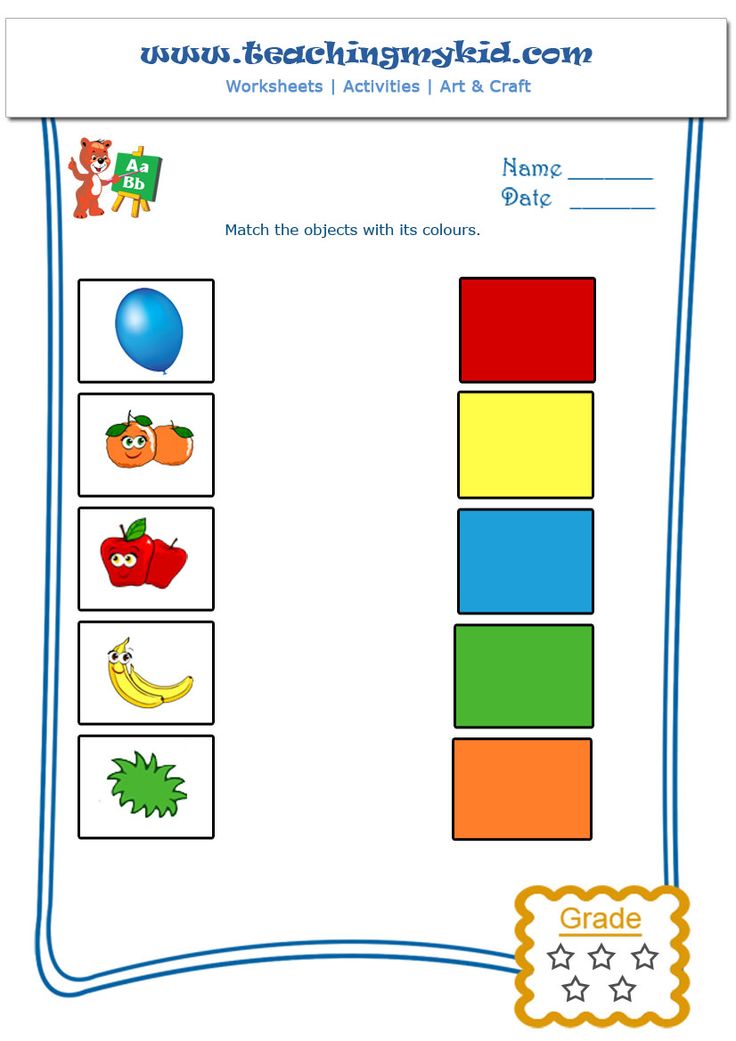
Students take turns being the “caller” and calling out the next color.
#8. Roll and Match Colors
Color Roll and Cover is a fun game for students that makes practicing colors super fun.
You can use a color cube or a dry-erase cube to write color words or draw colored circles on. Students will roll the cube and cover a space on their roll and cover mat with a matching colored manipulative. The first student to cover the most spaces wins.
This activity is one of the activities found in the Let’s Learn Colors Mini Unit.
#9. Bingo Dabber Activities
Bingo dabbers are perfect for several kindergarten color activities. You can give students a white piece of paper and have them write color words using the matching color of bingo dabber. This also gives students a little fine motor practice while forming the words.
Another option is to have students dab freely on a white piece of paper and have them say the color word each time they dab.
To practice spelling the color word, they could even say a letter each time they dab to spell the color word.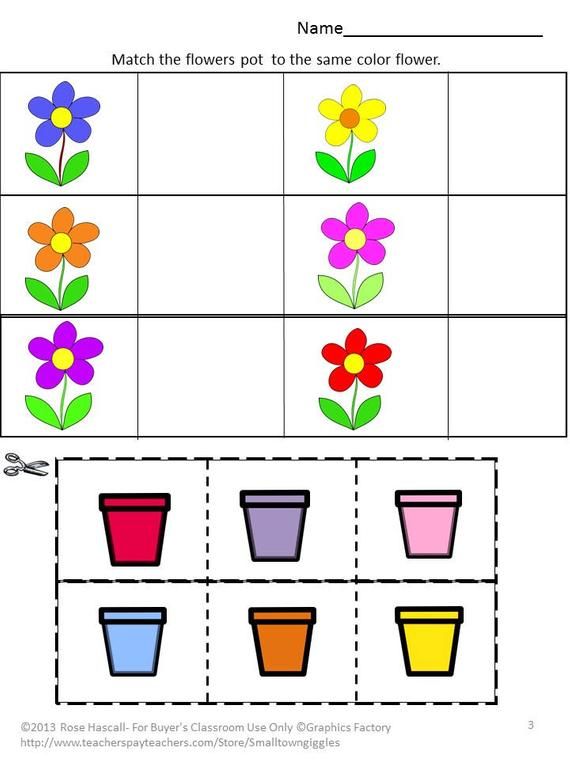 Once the word is complete, they switch colors.
Once the word is complete, they switch colors.
#10. Color Boom Cards
Using digital kindergarten color activities is another way to practice colors while engaging your students. Students can practice color recognition with real world objects or even color discrimination with Boom Cards.
They’ll hear the color words in the audio directions, giving them even more exposure to colors and color words.
I hope these 10 kindergarten color activities have given you some fresh ideas that you can implement with your students.
Looking for more colors and color words activities for kindergarten? Check out my Let’s Learn Colors Bundle, complete with color activities, centers, games, and no prep pages.
Post Tags: #color words#colors
Similar Posts
Color Activities for Kindergarten
50 shares
Color activities for kindergarten! Engaging activities and ideas for early learners to practice color recognition.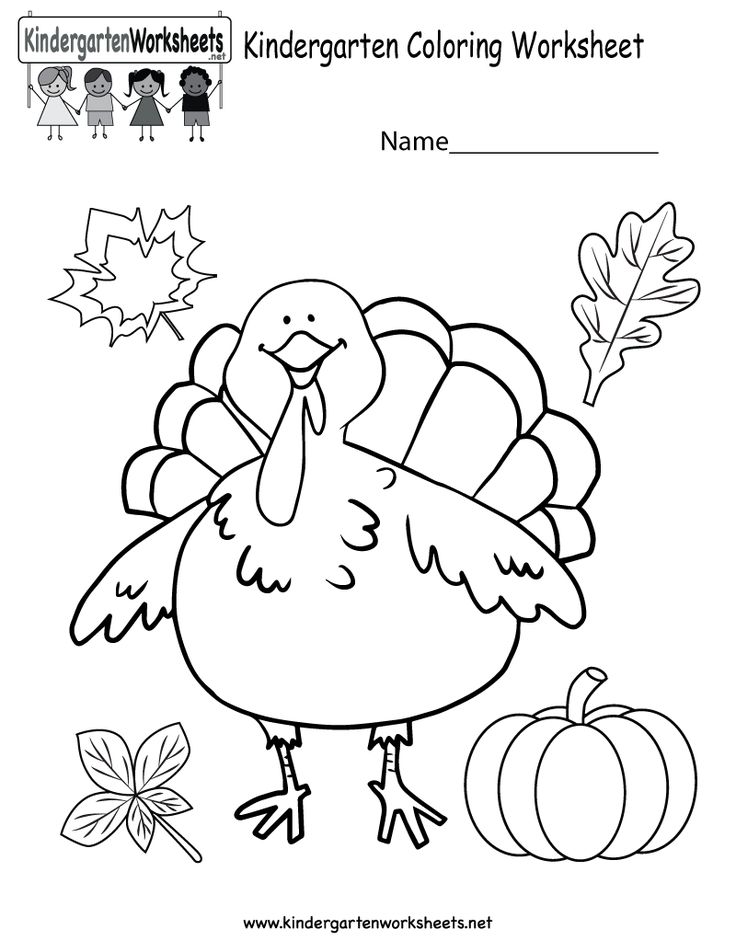
Color Activities for Kindergarten
Recognizing basic colors is a skill all kindergarten students need to master. The best way to practice color recognition is with fun color theme activities. My lesson plans during the first few weeks of kindergarten always include color activities. We sing songs to practice color words, read children’s books about colors, practice color sorting and color matching, and sometimes even do science experiments!
Color Centers
Adding color activities to your daily centers is a perfect way for young children to practice color recognition. Here are a few colors themed activities for you!
Color Sorts
I use these color cards for a few different activities. For this color activity, students practice sorting objects by color. If your sweeties are able, you can add a response sheet where they practice writing color names or they can label the object.
You can also sort objects! Have your students sort buttons, pom poms, counting bears, blocks, popsicle sticks, the list goes on and on.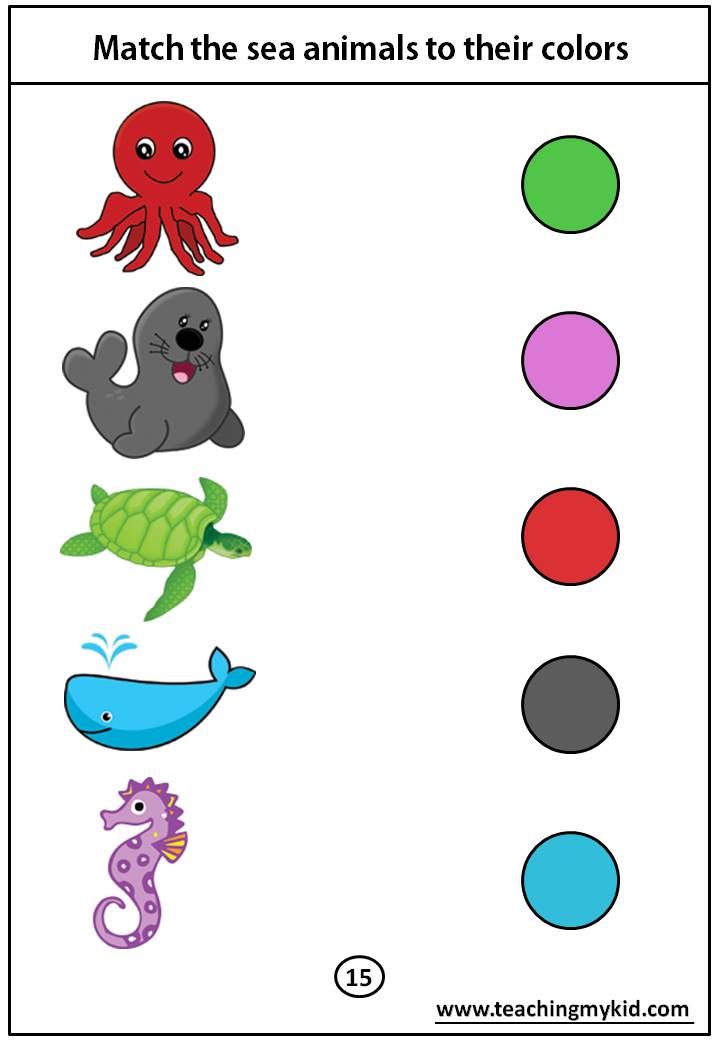
Roll and Color
Pocket dice are so much fun! I add cards with different colors and make a few copies for a quick center. Roll the dice… color a box on your paper. Easy!
Color Sentences
This is a center activity that I model during whole group and eventually add to our pocket chart literacy station. These simple sentences are a hit! Plus, I re-use the color cards from the color sorting activity.
You can also have students write color sentences with these no prep pages! These make a fun little color activity for morning work!
Dough Activity
Playdoh is an important part of a child’s first few days in an early education classroom… well at least in my kindergarten classroom! They were always so excited to see playdoh sitting on their desk when they walked in first thing in the morning. So of course, adding color mats to their center time with playdoh was a no brainer! I also kind of love Playdoh for working on those fine motor skills.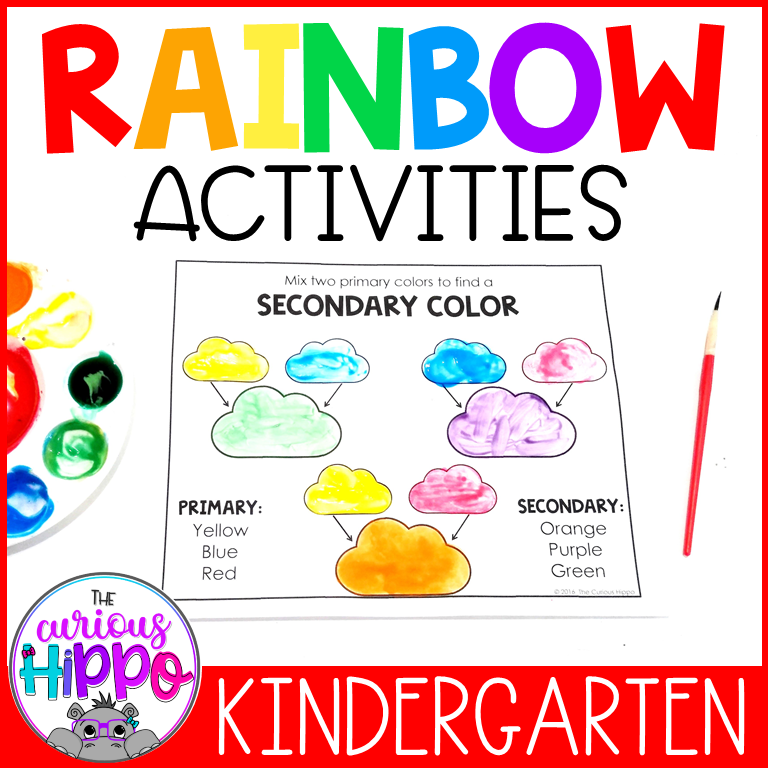
Board Games
These simple color games are tons of fun and perfect for your kindergarten or preschool classroom!
I use Bump games ALL YEAR LONG! I have Bump games to practice various math and literacy skills. I introduce Bump for the first time using the color themed board games!
This fun game is so simple! It is perfect for teaching colors. Students spin the color wheel and place their game piece on the correct color. There are 12 different color games so I just switch them out so it stays exciting!
Here is another simple color game. This board game is a great way to focus on primary colors.
Puzzles
Puzzles stay in my center rotation for several months! These matching color puzzles are great kindergarten and preschool activities.
Simple Puzzles Colors with Word Handwriting Practice
A Few More Fun Ideas!
Riddle of the Day
Students guess a new color every day with these fun riddles! I post the daily riddle on the board and we work together to make guesses.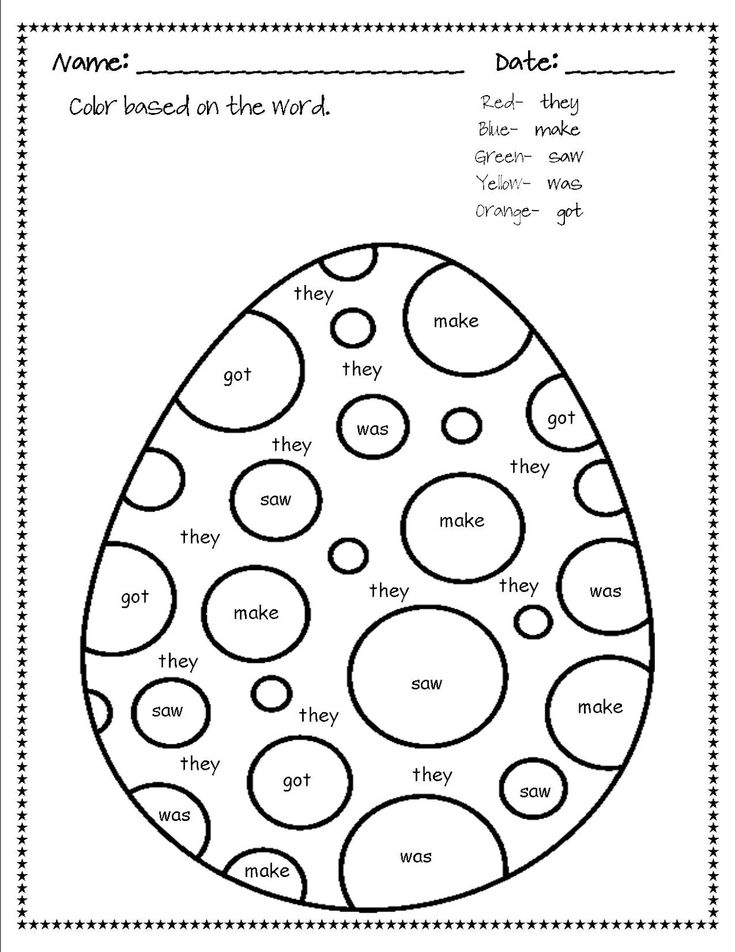
You can read more about how I use classroom riddles to teach text details and inferring in this blog post:
- Classroom Riddles for Kindergarten
You could also have a color scavenger hunt or play an I Spy game, based on which color was revealed. Just another fun way to talk about colors!
Directed Drawing
Star of the Day directed drawing is one of my favorite things to do in kindergarten. We start this activity early in the school year to help students construct illustrations that carry meaning. This is the perfect opportunity to help students begin choosing colors that make sense and using them in the right place. So, we aren’t going to use the color green to color the sky (unless there is about to be a tornado I suppose) but rather color the grass green. You can snag the Star of the Day directed drawing for FREE at the end of the post.
Color Experiment
If you are looking to do an experiment with colors, this video about from SciShow Kids is great! It is all about color mixing.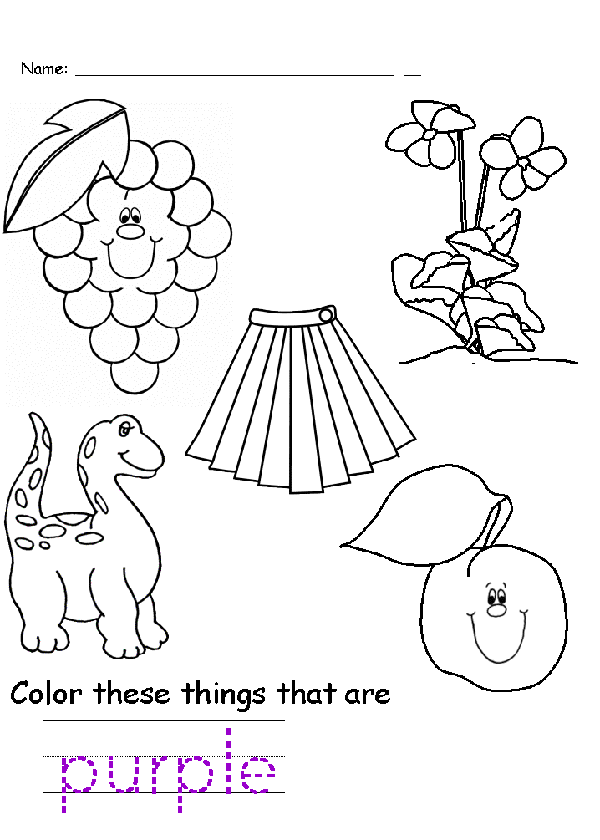
Favorite Books about Color
There are several great books about color! Here are few of my favorites.
Have so much fun with these color activities for kindergarten! Don’t forget to snag the free file below! Simply, add your name and email address. The free file will be sent to your inbox.
Get this FREE Star of the Day Directed Drawing
Get freebies and teaching tips
sent right to your inbox.
First name
Email address
Thank you for subscribing!
50 shares
Pin for Later
Deedee Wills
My teaching career allowed me to experience teaching in different classroom environments and grades. My heart belongs to early childhood education. My job is to make teaching FUN, ENGAGING, and EASIER.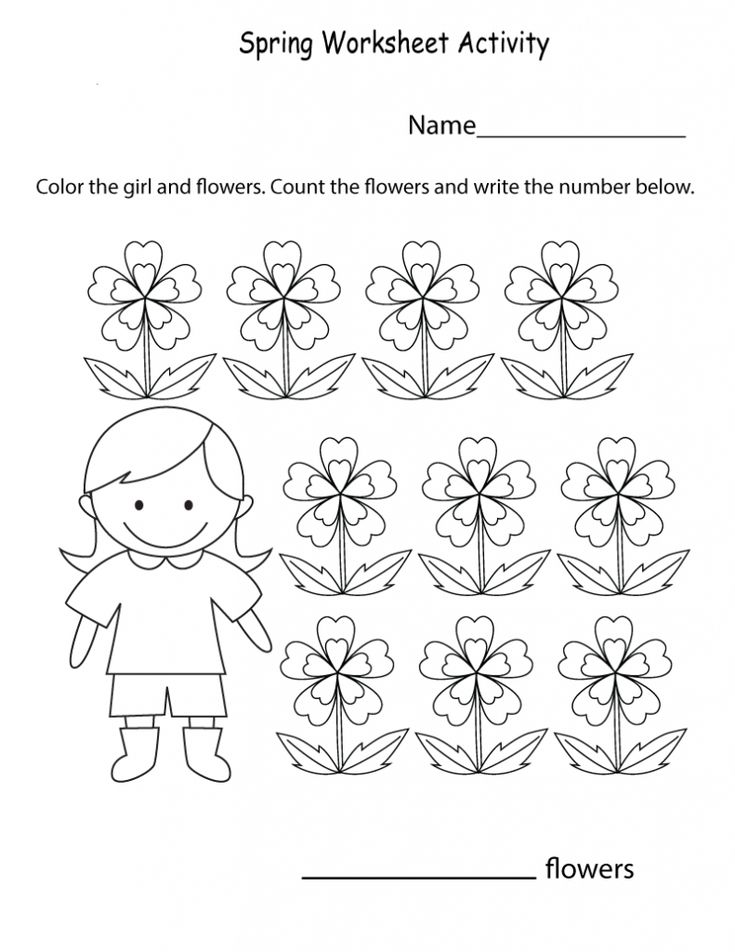 Welcome!
Welcome!
PrevPrevious12 Strategies on How to Teach Addition and Subtraction in Kindergarten | Free File!
Next15 Fine Motor Activities for Kindergarten | Free File!Next
Hi, I'm DeedeE.
My teaching career allowed me to experience teaching in different classroom environments and grades. My heart belongs to early childhood education. My job is to make teaching FUN, ENGAGING, and EASIER. Welcome!
Facebook-f Twitter Pinterest-p Instagram Youtube
Free curriculum planning Map
Make your life easier with this FREE Curriculum Planning Map with over 400+ pages and free resources!
First name
Email address
Thank you for subscribing!
Find Me on TPT
Free 2 Month ESGI Trial
Use Promo Code: WILLS
Check out Heidi Songs Learning Videos: CODE DEEDEE10
Join the Facebook Group
Latest Posts
You Might Also Enjoy.
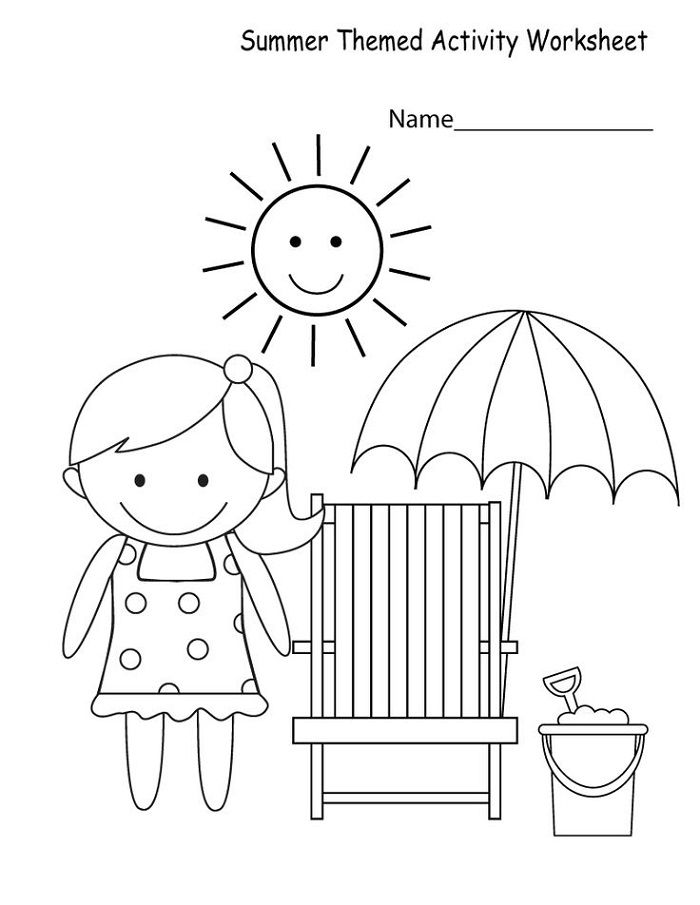 ..
..Tumblers - LESSON "Colored men"
Objectives: to activate the thinking of children; develop imagination, fantasy; generalize ideas about substances in various states of aggregation; develop ecological thinking.
Equipment: paints, brush, paper, transparent circle.
1. Analysis of the problem situation.
A sad toy comes to class, the children and the teacher are worried: what happened?
I.: I wanted to draw now to bring you a drawing to class, but I didn’t succeed ... And my watercolors are good, and the brush is new - what’s the matter, I don’t understand ...
As a result of additional questions, it turns out that when drawing, the Toy did not dip the brush into water, but tried to paint dry.
Q: The "paint people" are hard, but they are asleep. They need to be washed and awakened. When we dip the brush into the water, the "little men of the brush" take the hands of the "little men of the water" and carry them to the paper.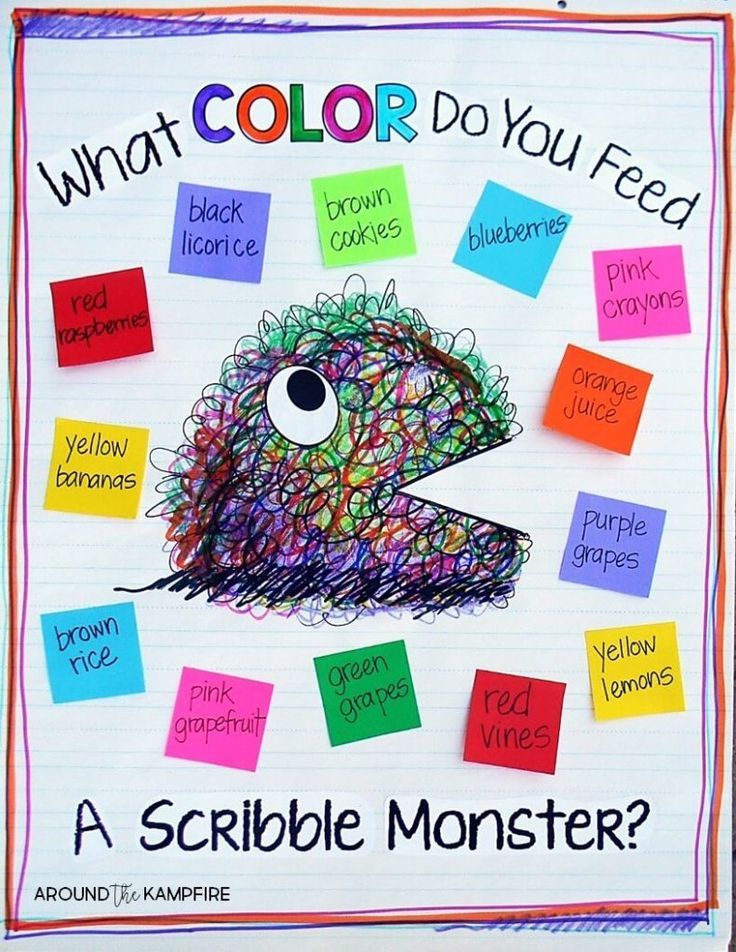 And then the “little men of paint” and the “little men of the brush” stick together, and when you press the brush tightly while drawing, they remain on the paper.
And then the “little men of paint” and the “little men of the brush” stick together, and when you press the brush tightly while drawing, they remain on the paper.
Seeker: I understood everything, now I will draw. (He takes the brush with the wrong end and dips it in the paint.) Again, nothing works!
Q: Why did you take the brush with the wrong end?
I.: What's the difference?
V.: This end is sharp, wooden, "water men" will roll off it. And the right end of the brush is fluffy, there are a lot of hairs - it’s easy for the “little men of paint” to catch on, and the “little men of the water” will not scatter.
2. Exercise "Magic path".
Seeker: Thank you, now I understand everything and I will draw a picture - a magic path... (The toy “draws” a path from squares of different colors.)
Black
Yellow
Green
For example:
Red
Q: What a beautiful multicolored path! Why do you say she's magical?
Seeker: Because when you travel on it, you change Color.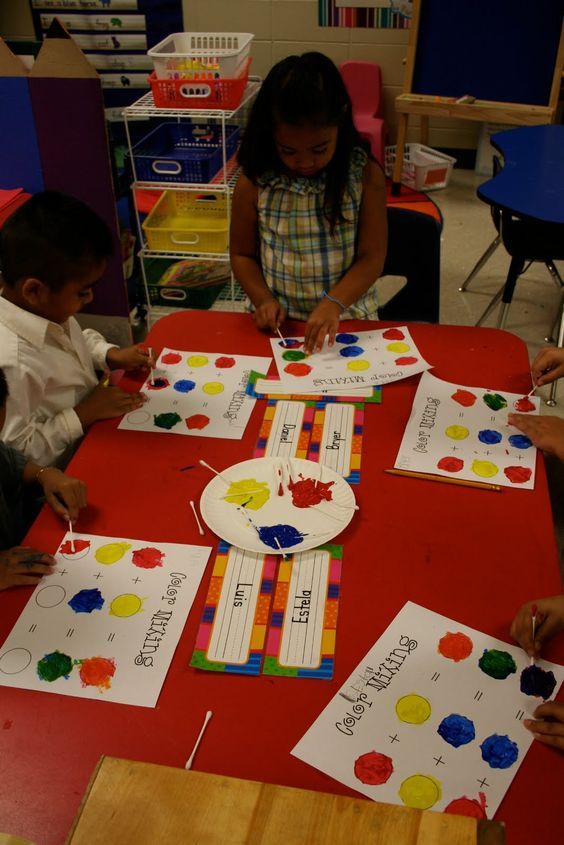 Look: here is a circle - it is white at first, then it becomes red, then yellow, etc. (A transparent circle made of polyethylene or cellophane is used.)
Look: here is a circle - it is white at first, then it becomes red, then yellow, etc. (A transparent circle made of polyethylene or cellophane is used.)
Q: And also, probably, this circle can turn into different objects?
Seeker: Of course, if it is on a white carpet, then it is a dandelion, it is white and round; on red - it's a cherry or a tomato; on yellow - ...
V.: Wait, let the guys say ...
3. "Colorful traffic light" game.
Rules of the game: the teacher names any color. Children who have this color in their clothes hold on to it and pass. Those who do not have this color can join someone or run so that they are not caught.
4. Exercise "Magic Path" (continued).
Q: Is it possible to have “little people” traveling along your path?
I.: Of course you can!
V.: The first will be the "hard men". What will it be: white and hard?
D.: Chalk, wall, teeth...
A similar game is played with other colors, “liquid and gaseous men” make a “journey”.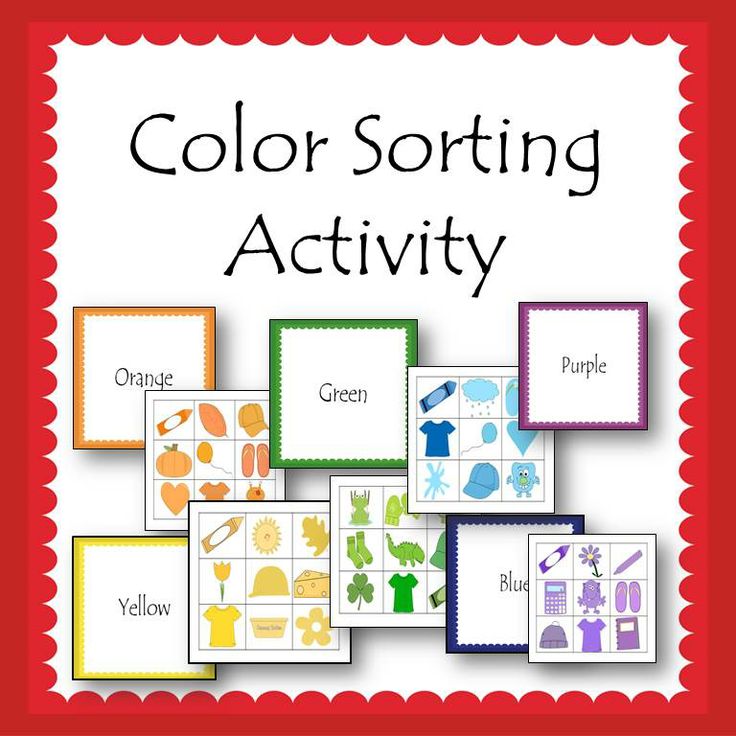
When discussing the combination "Black gaseous men, what is this?" (smoke), it is desirable to analyze what is good and what is bad in smoke; the wish is expressed that the sky should always be clear and blue.
5. Summing up.
"Colored hands"
Additional educational general developmental program of social and pedagogical orientation. Visual activity - a specific children's activity aimed at the aesthetic exploration of the world through fine arts is implemented on the basis of the Fine Arts Studio "Colored palms" Head Natalia Ivanovna Bereznyakovskaya educator of the highest qualification category. The program was developed on the basis of the "Colored Hands" Program by Lykova I.A. designed for 3 years
Children 4-5 years old - 32 hours
Children 5-6 -32 hours
Children 6-7 years old - 32 hours
Explanatory note.
The focus of the additional educational program.
The process of updating primary education that began in the early 1990s brought to the fore new priorities for the goals and objectives of preschool education.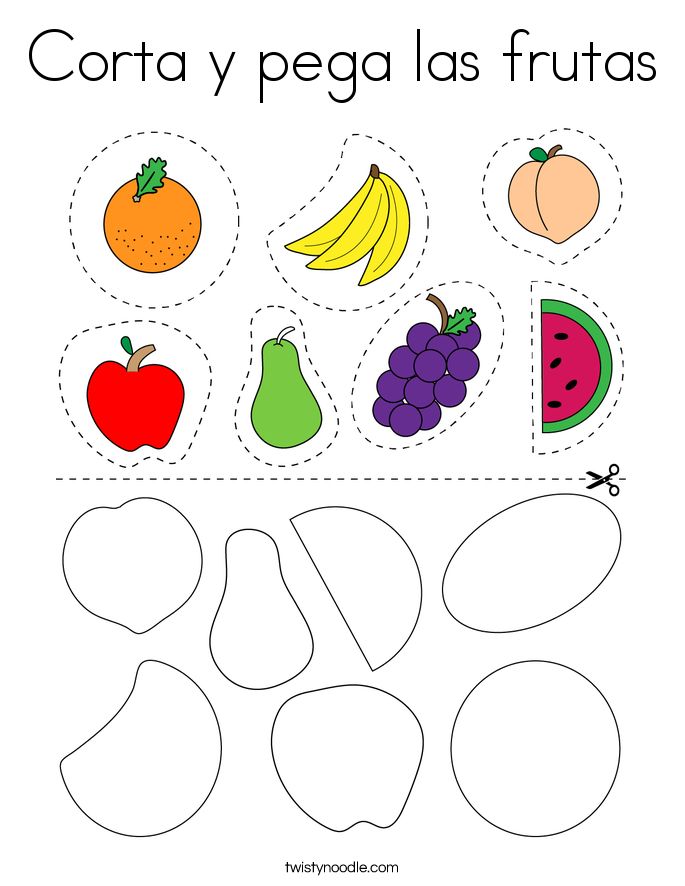
One of these goals is to improve the quality of pre-school education through the subjects of the aesthetic cycle.
School of early development offers a course of classes on the program of artistic education, training and development of children "Colored palms", author Lykova I. A., which represents a variant of the implementation of the basic content and specific tasks of the artistic and aesthetic education of children in visual activity, contains an integrated system modeling, appliqué and drawing classes. The integration of different types of fine arts and artistic activities of children provides optimal conditions for the full development of the artistic and aesthetic abilities of children in accordance with their age and individual capabilities.
Novelty, relevance, pedagogical integrity of this additional program of artistic and aesthetic education.
The artistic image underlies the aesthetic experience transmitted to children and is the central, connecting concept in the system of aesthetic education.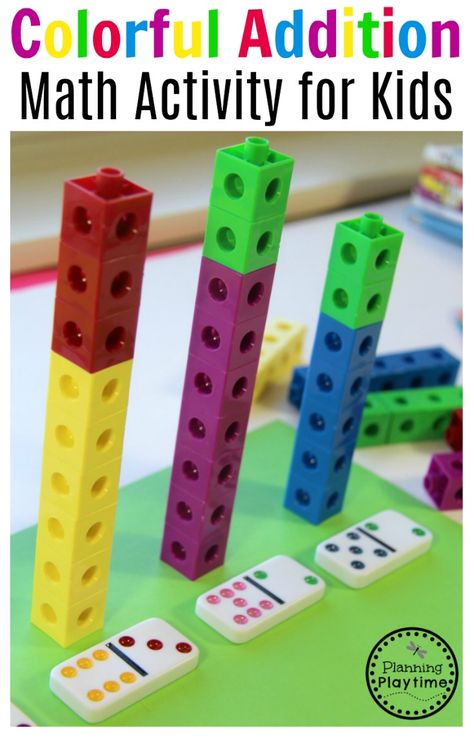
The formation of an artistic image in preschoolers occurs on the basis of practical interest in developmental activities, for example, in drawing.
Classes under the program "Colored Hands" are aimed at the implementation of the basic tasks of the artistic and creative development of children. The development of children's perception, the formation of ideas about objects and phenomena of the surrounding reality and the understanding that a drawing is a planar image of three-dimensional objects.
Goals and objectives of the additional educational program.
The main task of aesthetic education in preschool education is the constant development of the intellectual and sensual principles in a person. Through familiarization with art, the creative potential of the individual is activated, and the earlier this potential is laid, the more active will be the desire of a person to master the artistic values of world culture, the higher the aesthetic consciousness, the higher the scope of aesthetic needs.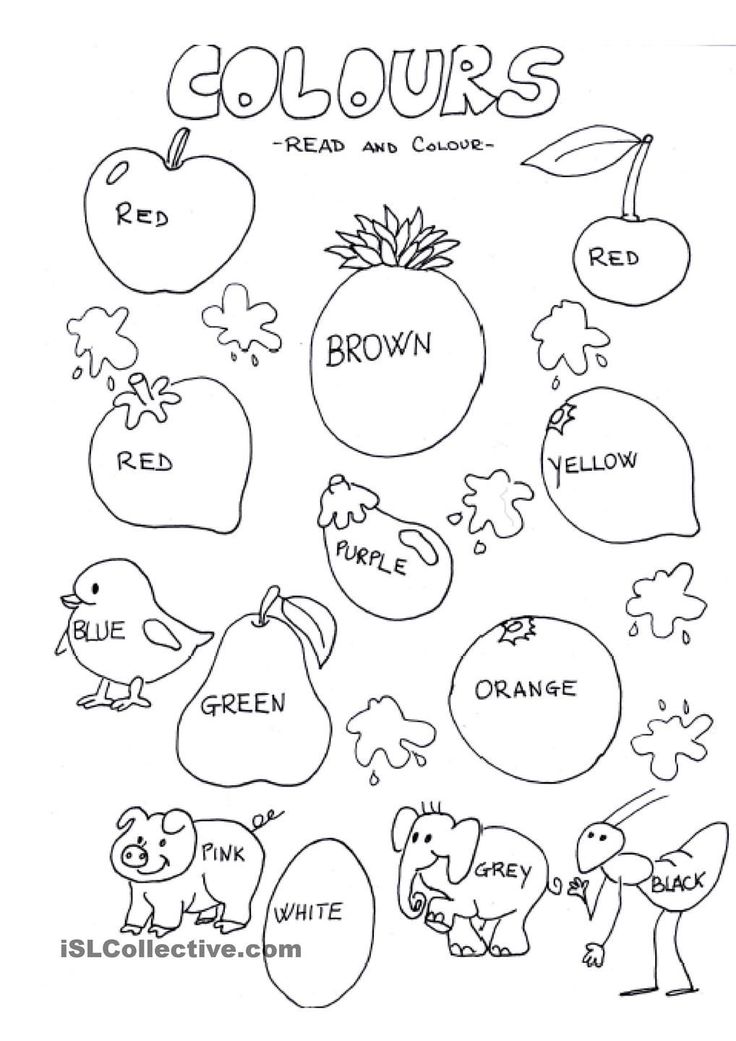
Purpose
Based on an integrated approach, to promote the development of initiative, invention and creativity of children in an atmosphere of aesthetic experiences and enthusiasm, joint creativity of an adult and a child, through various types of visual and applied activities.
Tasks
To teach non-traditional techniques in drawing and ways of depicting using various materials
To introduce children to the visual arts (painting, drawing, sculpture, design) and genres, to teach to understand the expressive means of art;
To teach children to see and understand beauty, in life and art, to enjoy the beauty of nature;
To form the ability to evaluate the creation of an image;
Pay attention to expressive means to develop a sense of color;
Develop children's creativity;
Cultivate children's interest in visual activity:
Cultivate a culture of creative activity, develop cooperation skills.
Distinctive features of this educational program
The lesson is adapted to the specifics and peculiarities of teaching in our kindergarten.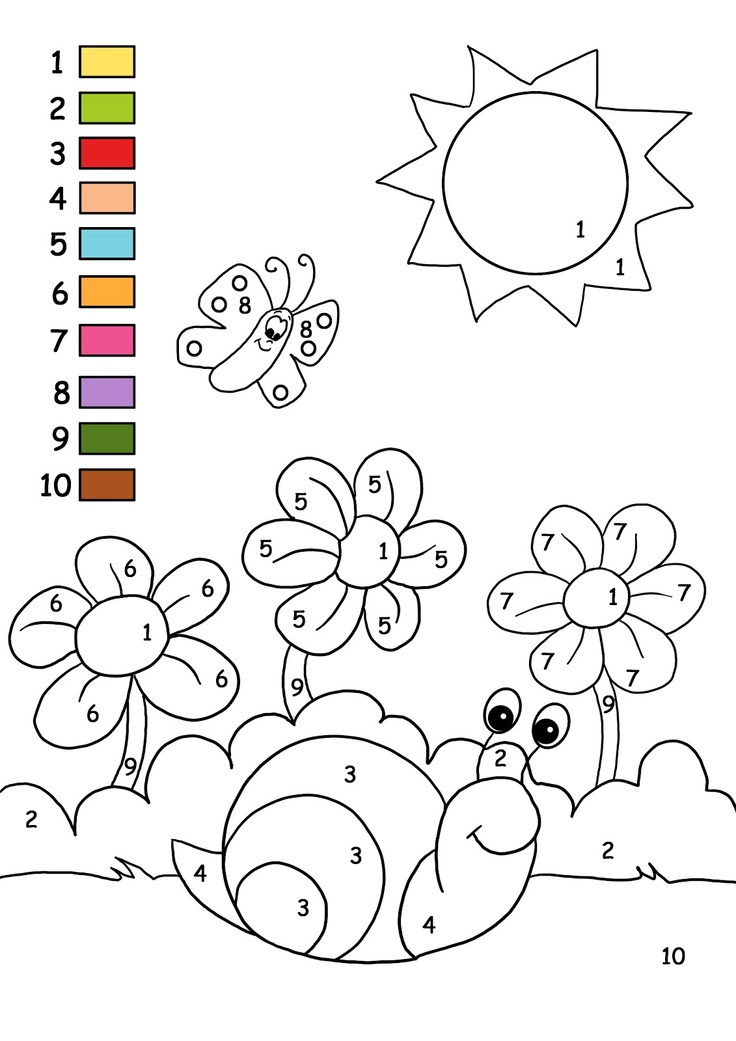 Changes or additions to the classes were made on the basis of the received diagnostic materials. The speed and possibilities of assimilation by our children, taking into account their individual characteristics, as well as the wishes of the children.
Changes or additions to the classes were made on the basis of the received diagnostic materials. The speed and possibilities of assimilation by our children, taking into account their individual characteristics, as well as the wishes of the children.
Work is carried out with children who want to draw and have individual opportunities to learn more than program tasks. The abilities of children are revealed in the course of individual daily visual activity and diagnostics. Classes are held in three age groups - middle, senior and preparatory group. Number of children from 12 to 9person in each group. The number of teaching hours per year is 28 in each age group (one lesson per week).
| Age of children | Continued lessons | Frequency per week | Number of hours per year |
| Medium gr. | 15 -20 min. | 1 time | 32 hours |
| Senior gr. | 20- 25 min. | 1 time | 32 hours |
| Preparing gr. | 20-25 min. | 1 time | 32 hours |
Expected results
During the course of the three-year drawing course, children should be able to freely navigate in obtaining new colors and shades. Independently choose means of expression to depict a more accurate image. Master drawing skills. Possess primary design skills. Freely navigate the genres of painting. And also get emotional satisfaction from drawing lessons.
Forms for conducting the results of the implementation of the educational program.